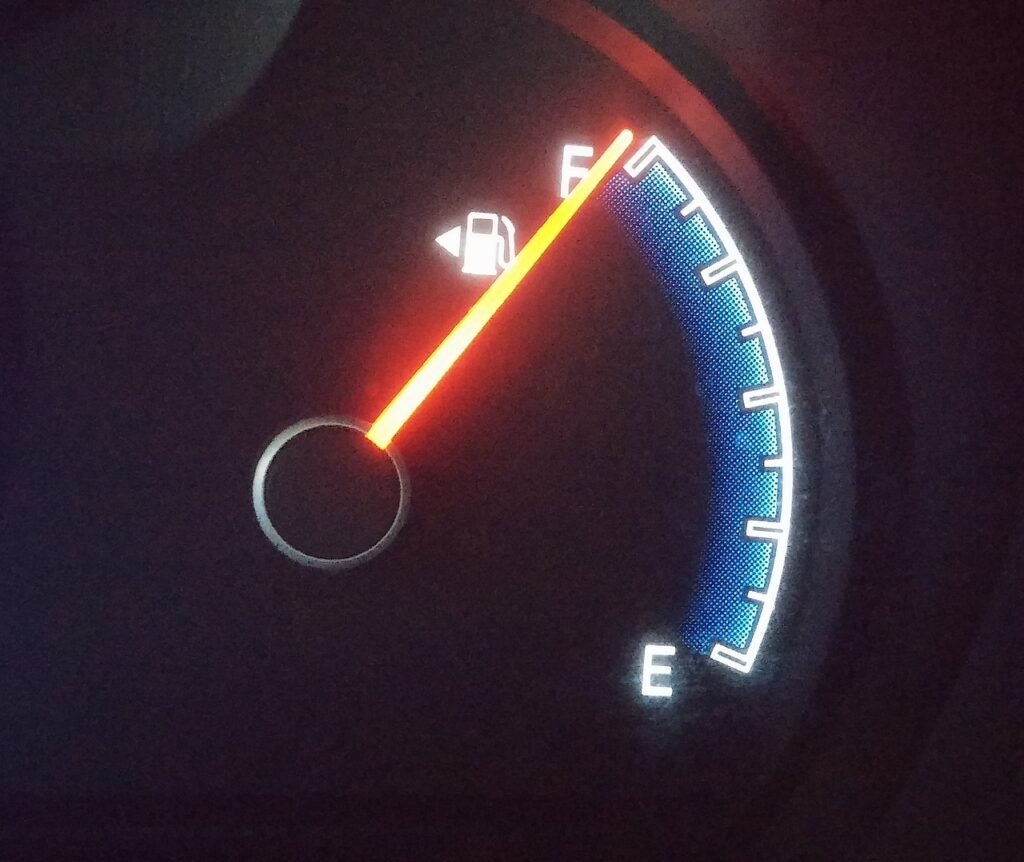Does the thought of going to the gas station to fill up your car fill you with dread? If so, you’re not alone. Many people dislike this chore and try to limit their trips to the pump as much as possible. However, if you’re tempted to fill your gas tank up to the brim in order to maximize your mileage, think again. This seemingly harmless practice can have some serious consequences.
First and foremost, overfilling your fuel tank leads to increased harmful emissions. Modern cars are equipped with emission control systems designed to minimize the pollutants released into the atmosphere. One crucial component of this system is the carbon canister, which is responsible for capturing and containing fuel vapors that would otherwise escape. When you overfill your tank, these vapors are not properly contained, resulting in higher levels of pollution from your vehicle.
But that’s not all. Overfilling your fuel tank can also cause damage to the carbon canister, leading to potential problems and expensive repairs. The carbon canister is designed to hold fuel vapors, not raw fuel. When you fill it with fuel, it will not be able to do its job and will malfunction. This can trigger the dreaded check engine light and may require the costly replacement of the carbon canister itself. Repair costs can range from several hundred dollars to over $1000, making this a costly mistake to avoid.
Aside from the environmental and financial implications, overfilling your fuel tank can also pose safety hazards. Fuel spillage is a real risk when you try to squeeze in those extra drops of gasoline. Not only is this a potential fire hazard, but it can also create slippery surfaces and increase the likelihood of accidents at the gas station. To ensure your safety and the safety of others, it’s best to stop filling your tank when the fuel pump clicks off.
So, what’s the best practice when it comes to filling up your fuel tank? Stop when the pump clicks off. This ensures that you have filled your tank to the maximum level without risking any of the negative consequences associated with overfilling. Plus, it saves you the hassle of potential repairs and keeps harmful emissions in check.
Next time you find yourself dreading a trip to the gas station, remember that filling your tank to the tippy-top is not worth the potential damage to your car, the environment, and your wallet.

